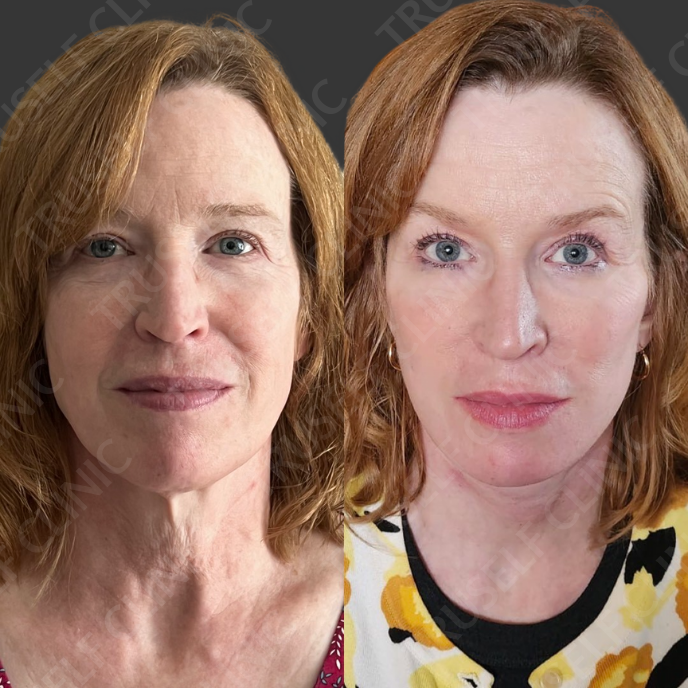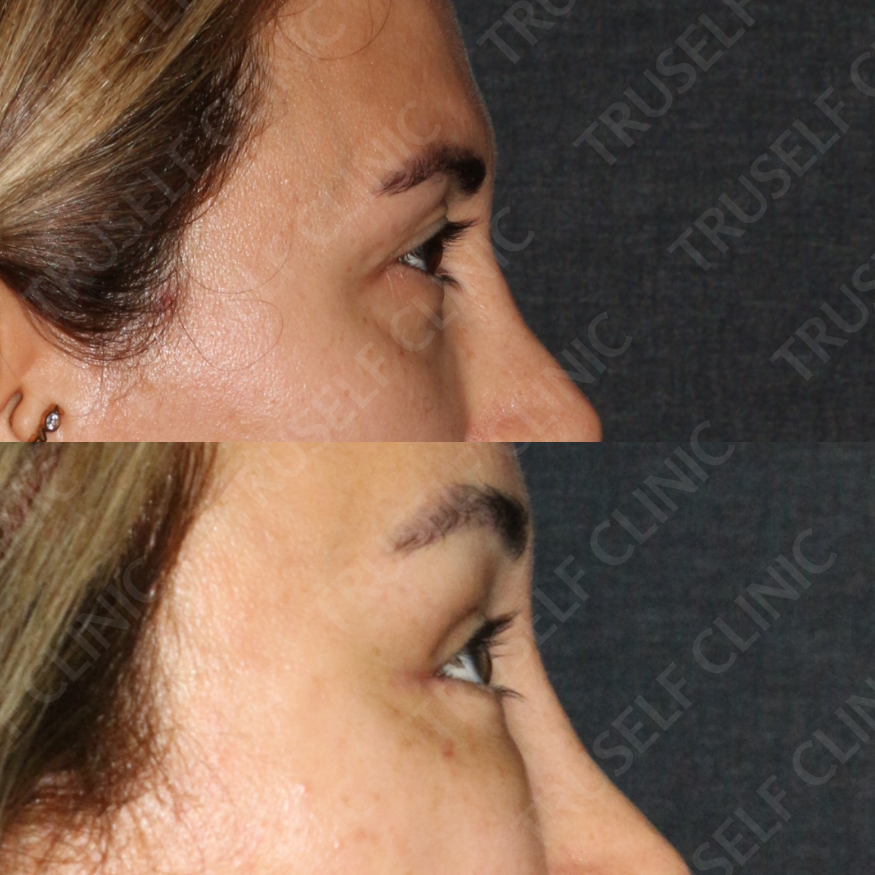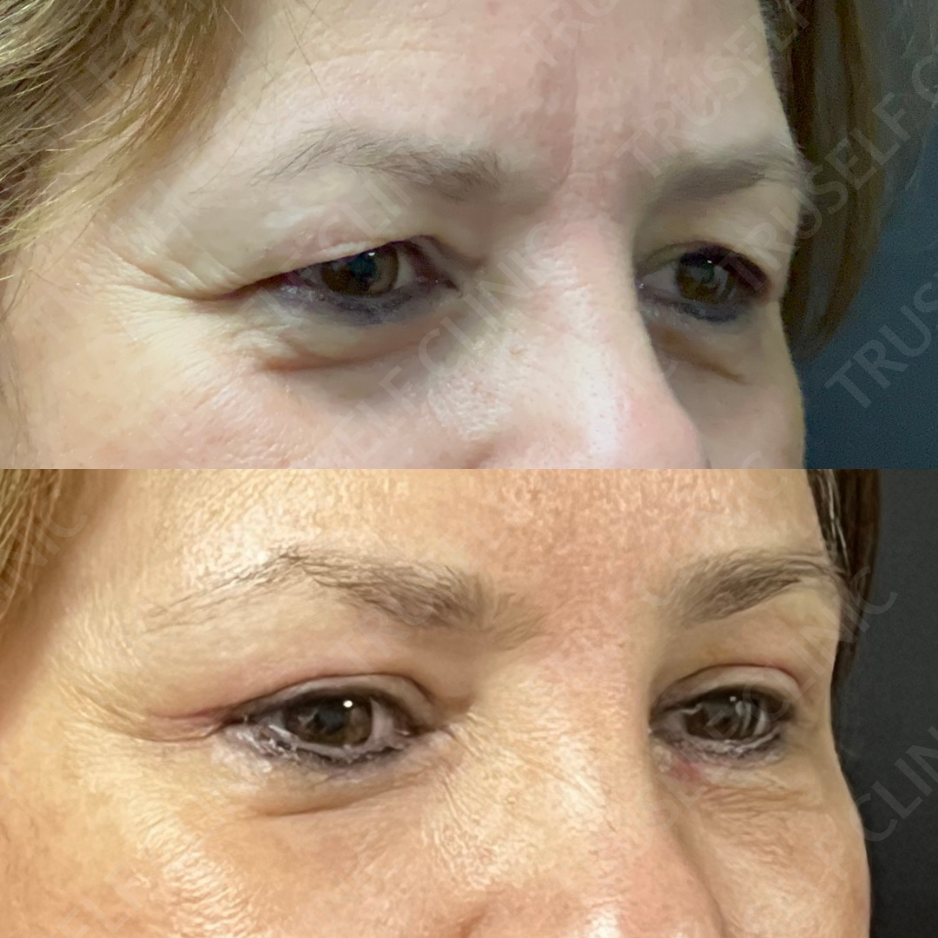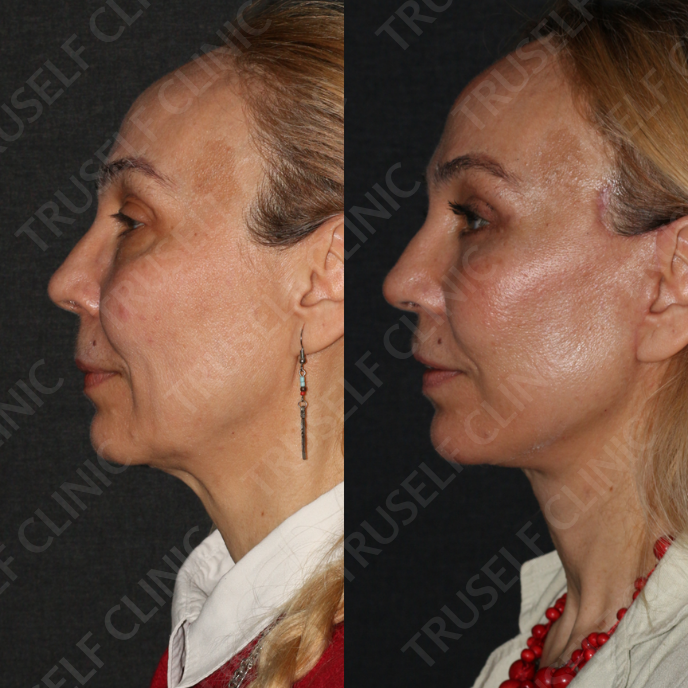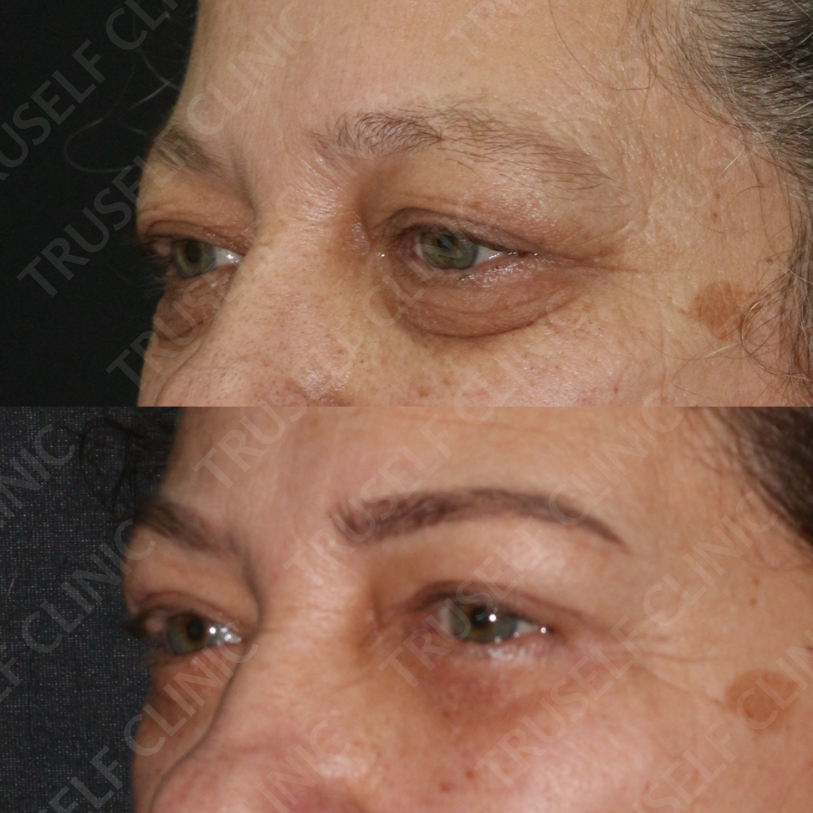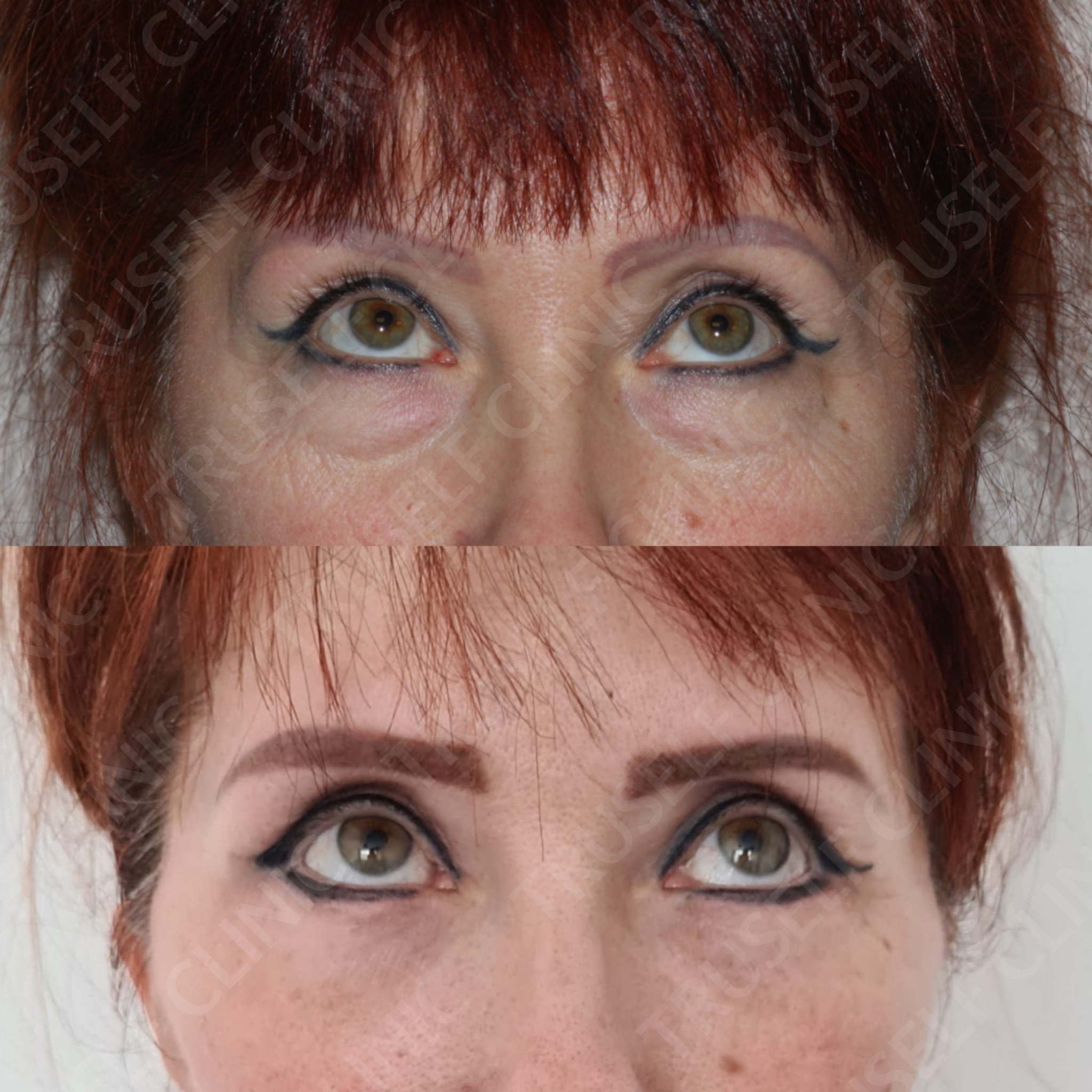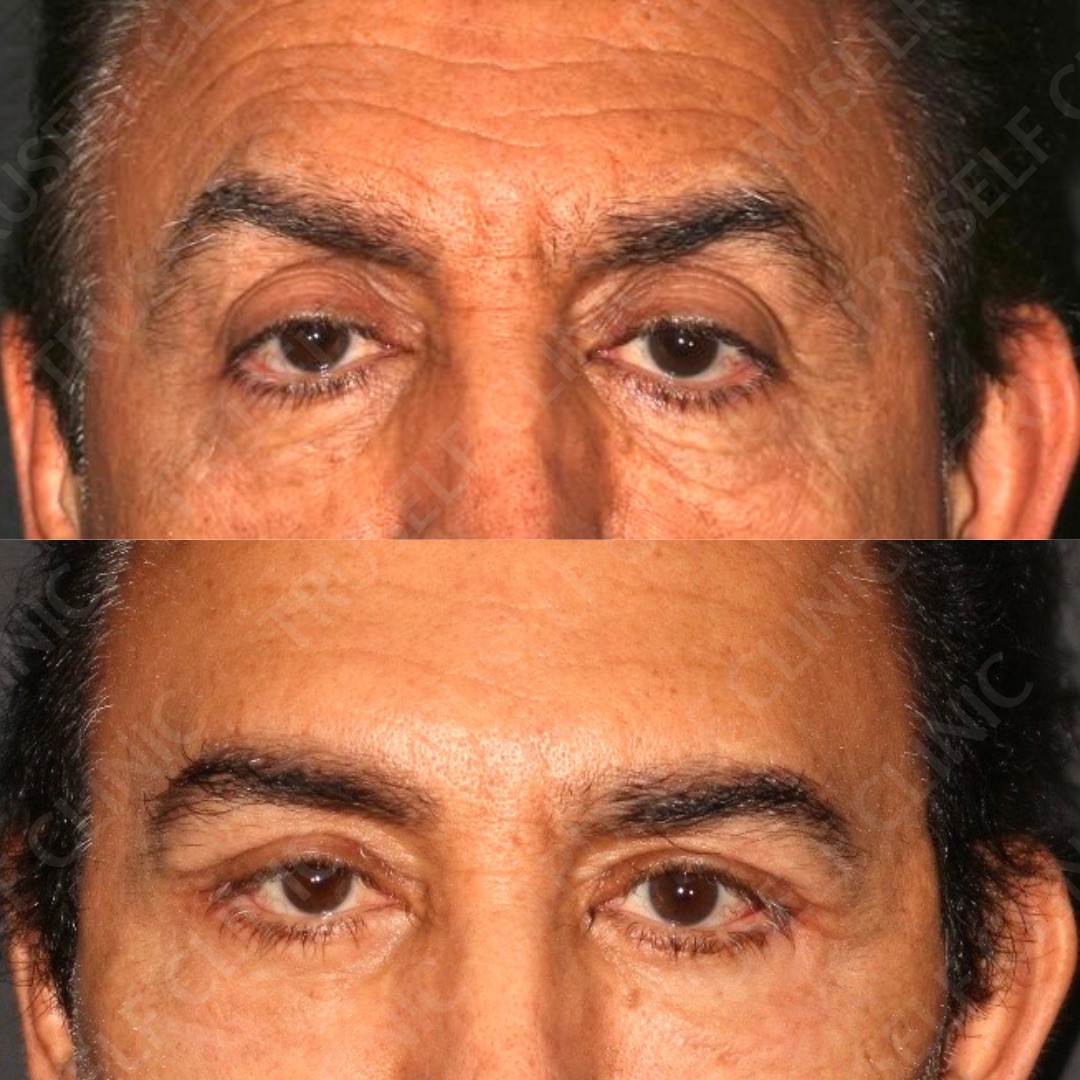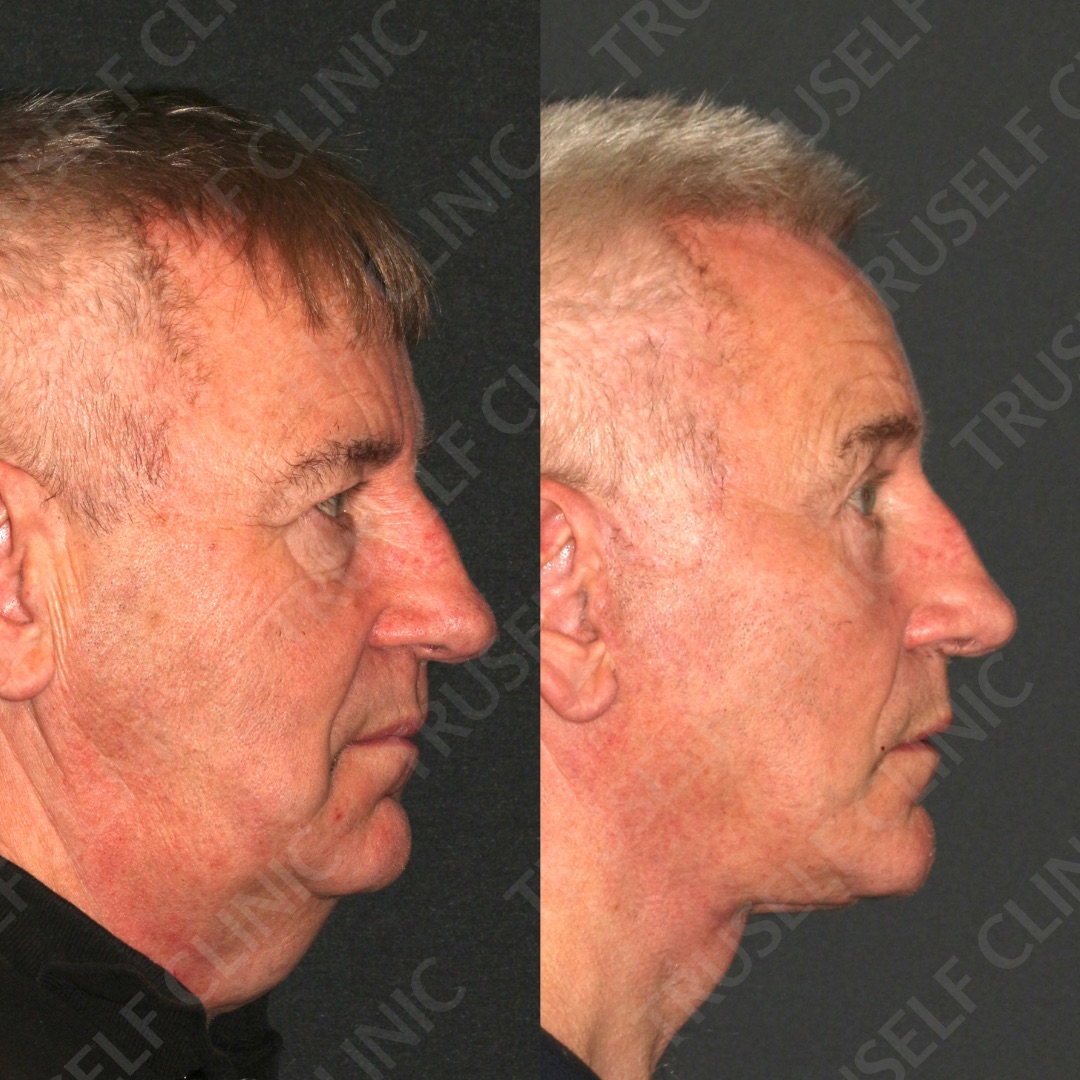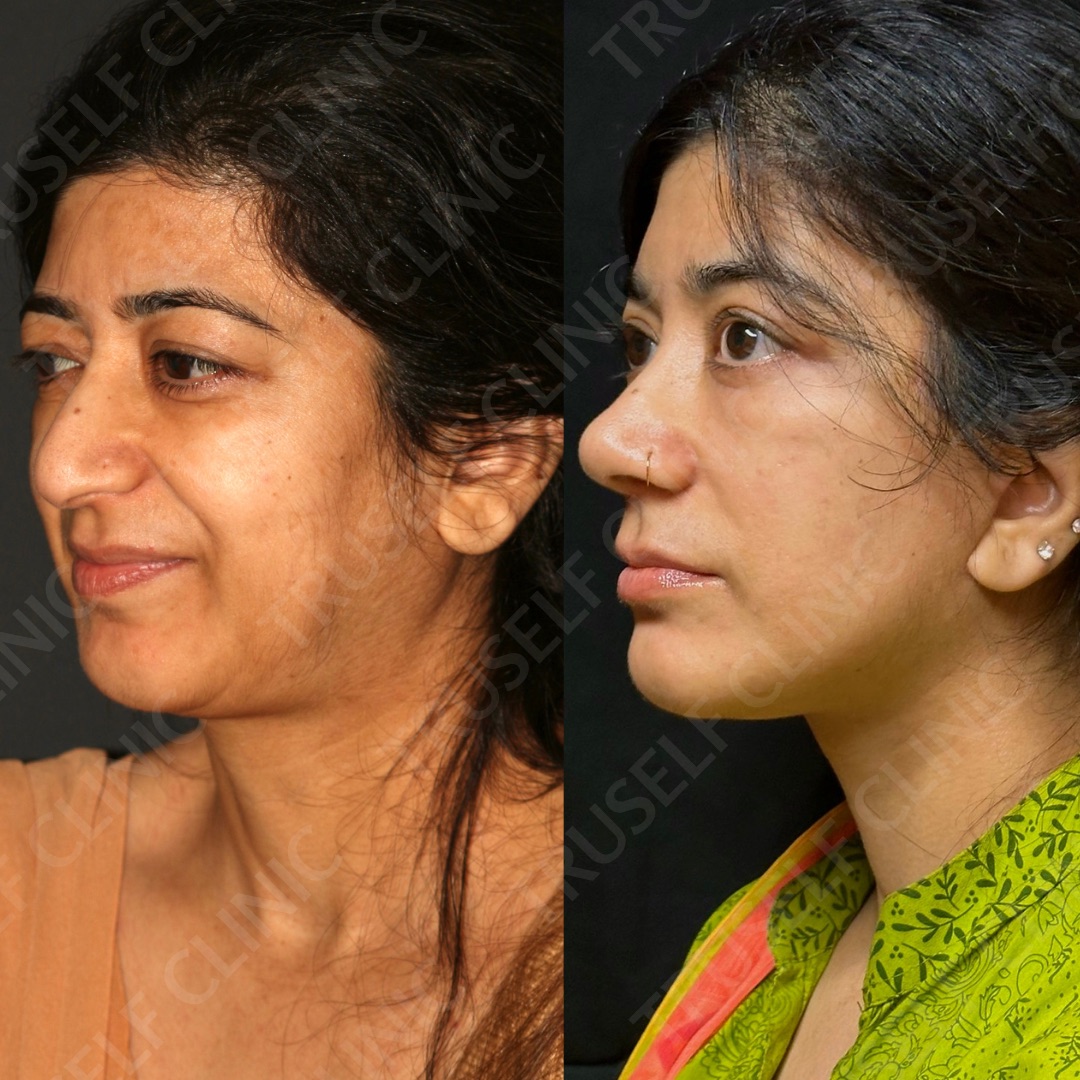Eyelid Surgery
Eyelid surgery, also known as blepharoplasty, is a surgical procedure that is performed to improve the appearance of the eyelids by removing excess skin, fat, and muscle from the upper and/or lower eyelids.
Upper eyelid surgery involves making an incision along the natural crease of the upper eyelid to remove excess skin and fat, and tighten the muscles in the area.
Lower eyelid surgery involves making an incision either just below the lower eyelashes or on the inside of the lower eyelid to remove excess fat and tighten the skin and muscle.
Eyelid surgery is commonly performed to address sagging or drooping eyelids that can make a person look tired or aged. It can also be done to address functional issues, such as excess skin that impairs vision. The procedure can be performed on its own or in combination with other facial rejuvenation procedures, such as a facelift or brow lift.
Am I a good candidate for eyelid surgery?
Determining if someone is a good candidate for eyelid surgery (blepharoplasty) is based on their individual concerns, medical history, and overall health. Here are some general factors that may make someone a good candidate for eyelid surgery:
- Excess skin or fat in the upper or lower eyelids that is causing a tired or aged appearance.
- Sagging or drooping of the eyelids that is impairing vision.
- Overall good health and not having any medical conditions that could increase the risk of complications.
- Non-smoker or willing to quit smoking before and after surgery.
- Realistic expectations about the outcome of the surgery.
It is important to have a consultation with a board-certified plastic surgeon to determine if you are a good candidate for eyelid surgery. The surgeon can evaluate your individual concerns, medical history, and overall health to determine if the procedure is appropriate for you. They can also discuss the risks, benefits, and expected outcomes of the procedure.
What are the risks of eyelid surgery?
Like any surgical procedure, eyelid surgery (blepharoplasty) carries some risks and potential complications. These risks can include:
- Bleeding: Bleeding can occur during or after surgery, which may require additional surgery to address.
- Infection: Infection can occur at the surgical site and may require antibiotics or additional treatment.
- Scarring: Scarring is a risk of any surgical procedure, but the incisions for eyelid surgery are generally made in the natural creases of the eyelids to minimize visible scarring.
- Dry eyes: Eyelid surgery can sometimes affect tear production and cause dry eyes, which can be temporary or long-lasting.
- Changes in vision: Rarely, eyelid surgery can affect vision, causing double vision or difficulty closing the eyelids.
- Eyelid malposition: In rare cases, eyelid surgery can result in a change in the position of the eyelid, such as a droopy eyelid.
It is important to discuss all potential risks with your surgeon before undergoing eyelid surgery. By carefully following pre-operative and post-operative instructions, including avoiding smoking and following proper wound care, you can help reduce your risk of complications.
How to get ready for eyelid surgery?
To get ready for eyelid surgery (blepharoplasty), it is important to follow your surgeon's instructions and prepare both physically and mentally. Here are some general guidelines for preparing for eyelid surgery:
- Consultation: Meet with a board-certified plastic surgeon to discuss your individual concerns, medical history, and goals for the procedure. Your surgeon will evaluate your health and determine if you are a good candidate for eyelid surgery.
- Medical evaluation: Your surgeon may require a medical evaluation or lab testing to ensure that you are healthy enough to undergo surgery.
- Medications: Inform your surgeon about any medications, supplements, or herbs you are taking, as some may need to be stopped or adjusted before surgery.
- Quit smoking: If you smoke, you will need to quit at least 4-6 weeks before surgery to minimize the risk of complications.
- Arrange for transportation: Arrange for someone to drive you to and from the surgery center, as you will not be able to drive yourself after surgery.
- Prepare your recovery area: Arrange for a comfortable area where you can rest and recover after surgery, and stock up on necessary supplies such as ice packs, pain medication, and gauze.
- Follow pre-operative instructions: Your surgeon will provide you with specific pre-operative instructions, such as avoiding certain foods and drinks, and taking certain medications.
By following these guidelines and any additional instructions provided by your surgeon, you can help ensure a safe and successful eyelid surgery.
How to take care of yourself after eyelid surgery?
After eyelid surgery (blepharoplasty), it is important to follow your surgeon's post-operative instructions carefully to ensure proper healing and minimize the risk of complications. Here are some general guidelines for taking care of yourself after eyelid surgery:
- Rest: It is important to rest and avoid strenuous activities for the first week after surgery. Be sure to elevate your head while resting to minimize swelling.
- Cold compresses: Applying cold compresses to the eyes can help reduce swelling and bruising. Your surgeon may recommend using cold compresses for the first few days after surgery.
- Medications: Take any prescribed pain medications as directed by your surgeon to manage pain and discomfort.
- Avoid certain activities: Avoid activities such as bending, lifting, or straining that could increase blood pressure and potentially cause bleeding.
- Eye drops: Your surgeon may prescribe eye drops or ointment to use for several days after surgery to prevent dryness and irritation.
- Wound care: Your surgeon will provide specific instructions for caring for your incisions, including cleaning and dressing changes.
- Follow-up appointments: Attend all scheduled follow-up appointments with your surgeon to ensure proper healing and monitor for any complications.
- Be patient: It is important to be patient and allow yourself time to heal properly. Swelling and bruising may take several weeks to fully resolve, and final results may not be visible for several months.
By following these guidelines and any additional instructions provided by your surgeon, you can help ensure a safe and successful recovery after eyelid surgery.
How is the healing process and scarring after eyelid surgery?
The healing process and scarring after eyelid surgery (blepharoplasty) can vary depending on several factors, including the extent of the surgery and your individual healing process. Here is a general overview of what to expect:
- Swelling and bruising: Swelling and bruising around the eyes is common after eyelid surgery and can take several weeks to fully resolve. Applying cold compresses and keeping your head elevated while resting can help reduce swelling.
- Incision healing: Your surgeon will make incisions in inconspicuous areas around the eyes to minimize scarring. The incisions may be closed with stitches or surgical tape. It is important to keep the incisions clean and follow your surgeon's instructions for wound care to promote proper healing.
- Scarring: Scarring after eyelid surgery is typically minimal and will fade over time. Your surgeon may recommend using scar creams or silicone sheets to help reduce the appearance of scarring.
- Follow-up appointments: You will have several follow-up appointments with your surgeon to monitor your healing progress and ensure that there are no complications.
- Results: Final results of eyelid surgery can take several months to fully develop as swelling and bruising subside and incisions heal. However, you should notice a significant improvement in the appearance of your eyes and a more youthful and refreshed look.
It is important to follow your surgeon's post-operative instructions carefully and attend all scheduled follow-up appointments to ensure a safe and successful recovery after eyelid surgery.









